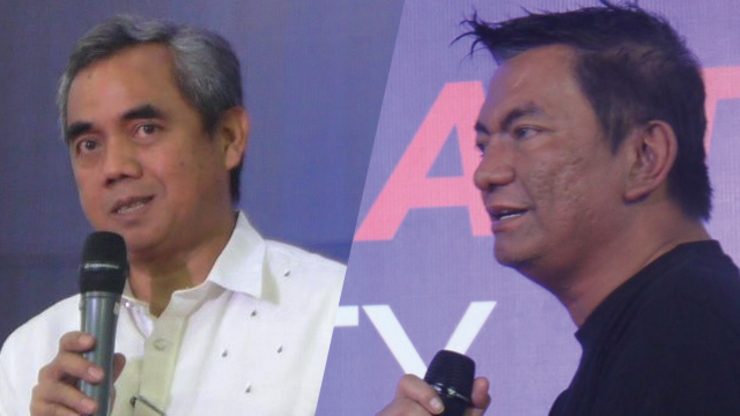SUMMARY
This is AI generated summarization, which may have errors. For context, always refer to the full article.

MANILA, Philippines (UPDATED) – It’s 18 for Tropical Storm Mario (Fung-Wong), 106 for Typhoon Glenda (Rammasun), and 6,293 for Typhoon Yolanda (Haiyan).
These are the last casualty counts by the National Disaster Risk Reduction and Management Council (NDRRMC) – government numbers that show the effect of the recent calamities on disaster-prone Philippines.
However, in some areas like the province of Albay and the town of San Francisco in Camotes Islands, achieving zero casualty during disasters is a way of life.
If other local government units want the same reality in their locality, though, they will have to do more than just keeping watch of the numbers, said Albay Governor Joey Salceda.
Zero casualty, he said, means everybody must not only live but must also have equal chances during disasters. “It’s always constant kindness and categorical imperative [that is the] basis why you must pursue zero casualty.”
“Zero casualty is not a statistic. It is a body of commitments that ensures nobody falls by the wayside due to poverty, exposure, or even stubbornness.”
– Joey Salceda, Governor, Albay
NDRRMC Executive Director Alexander Pama himself started with the mindset that zero casualty means no deaths during catastrophes.
“As I went through the process of getting my feet wet on the ground, I realized that I couldn’t agree more with what Governor Salceda was saying already – that zero casualty does not just involve the number of people, the number of casualties, or the number of deaths,” he said during the launch of the #ZeroCasualty campaign on Wednesday, October 8.
He called out the media for always asking “Ilan ang patay?” (How many are dead?) during disasters. He said it “engenders a negative feeling” and “sets aside the other positive aspects of what we’re doing relative to our disaster risk reduction and mitigation.”
During President Benigno Aquino III’s 5th State of the Nation Address last July, he challenged other provinces to follow Albay’s model and go for zero casualty during typhoons.
Salceda clarified, however, that Albay’s achievement did not start with him, but with the system established 20 years ago: a permanent disaster management office. Because of this, the province has a record of zero casualties for 18 out of the 20 years. (READ: Salceda to NCR mayors: What happens to disaster funds?)
How does Albay do it? Salceda shared his 6-point strategy:
- Make zero casualty a goal; adaptation follows. The goals must be both socially desirable and desirably ambitious.
- Ordain policies to achieve the goals.
- Give it a budget.
- Execute programs and projects.
- Build institutions.
- Nurture partnerships and mobilize sources.
Pama said the NDRRMC treats every calamity as hazard-specific, time-bound, and area-focused, looking at risk and possible impact in specific areas.
The agency, he said, is putting a lot of emphasis on community-based disaster risk reduction and management.
“Kung pagbabatayan natin ‘yung (If we’re talking of ) zero casualty in literal terms, I think we can say that, comparatively, for the past few typhoons that have come, we have marked improvement in so far as the number of casualties [is concerned],” he added. – Rappler.com
Add a comment
How does this make you feel?
There are no comments yet. Add your comment to start the conversation.